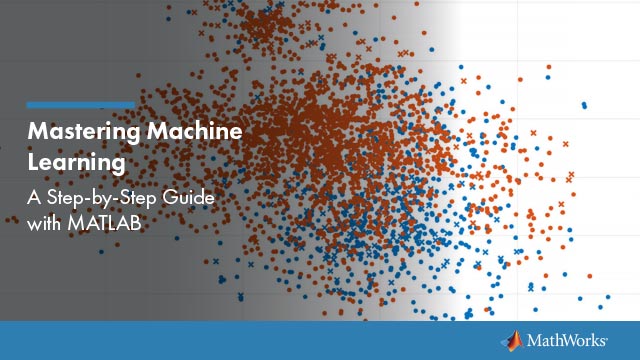gpfit
Generalized Pareto parameter estimates
Syntax
parmhat = gpfit(x)
[parmhat,parmci] = gpfit(x)
[parmhat,parmci] = gpfit(x,alpha)
[...] = gpfit(x,alpha,options)
Description
parmhat = gpfit(x)returns maximum likelihood estimates of the parameters for the two-parameter generalized Pareto (GP) distribution given the data inx.parmhat(1)is the tail index (shape) parameter,kandparmhat(2)is the scale parameter,sigma.gpfitdoes not fit a threshold (location) parameter.
[parmhat,parmci] = gpfit(x)returns 95% confidence intervals for the parameter estimates.
[parmhat,parmci] = gpfit(x,alpha)returns100(1-alpha)% confidence intervals for the parameter estimates.
[...] = gpfit(x,alpha,options)specifies control parameters for the iterative algorithm used to compute ML estimates. This argument can be created by a call tostatset. Seestatset('gpfit')for parameter names and default values.
Other functions for the generalized Pareto, such asgpcdfallow a threshold parameter,theta. However,gpfitdoes not estimate theta. It is assumed to be known, and subtracted fromxbefore callinggpfit.
Whenk = 0andtheta = 0, the GP is equivalent to the exponential distribution. Whenk > 0andtheta = sigma/k, the GP is equivalent to a Pareto distribution with a scale parameter equal tosigma/kand a shape parameter equal to1/k. The mean of the GP is not finite whenk≥1, and the variance is not finite whenk≥1/2. Whenk≥0, the GP has positive density for
k > theta, or, whenk<0, for
References
[1] Embrechts, P., C. Klüppelberg, and T. Mikosch.Modelling Extremal Events for Insurance and Finance. New York: Springer, 1997.
[2] Kotz, S., and S. Nadarajah.Extreme Value Distributions: Theory and Applications. London: Imperial College Press, 2000.

